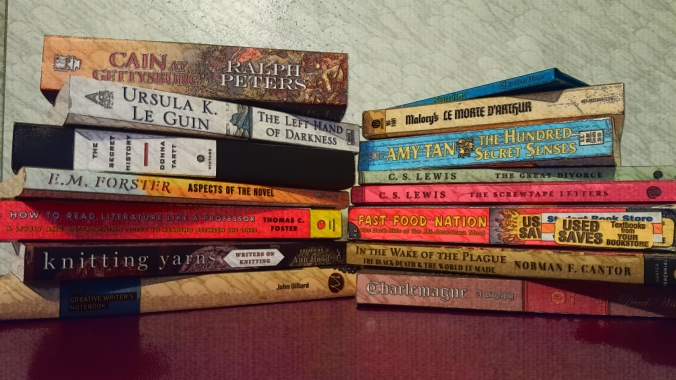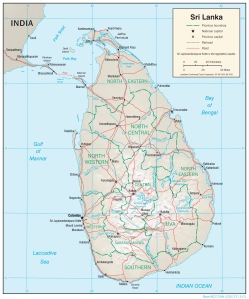
I am a fiction writer, and sometimes poet. I enjoy a good story, I love creative characters, and I get a lot out of reading them and writing them. However, when I’m deep in the writing process, I lose the desire to read fiction. I’ll read literary criticism, nonfiction, poetry, news articles, but I won’t pick up a novel or any other fiction work for a while. I think it’s because I’m too close to my characters. I have all these personalities with all their intertwining stories living in my head. I fear that introducing more, even someone else’s creation, would overwhelm me. Maybe I even fear losing my voice to the influence of another writer. Would I try to imitate, instead of emulate? What I mean by that is, would I find it easier to just copy the bulk of a character I love, instead of doing the hard work of figuring out why I love the character, what works about her, what resonates with me about him, why she is unique in the world that’s been built around her, and then crafting my own characters based on those observations?
Let me put it another way. Say you’re an architect. You studied for years, learned the basics–engineering, mathematics, construction, materials, everything that goes into designing a building that will stand and stay standing–you know how it all works and goes together. Then you added design and art into the mix. You know the different schools of architectural design, from classical to modern to postmodern, and every one in between. You know individual architects, their works and influences. You’ve seen the buildings. Maybe you’re particularly impressed by Frank Lloyd Wright. Now it’s time for you to design a building. You’ve been contracted by a family to build a unique home. What do you do?
I bet you don’t build a cantilevered house over a creek in the Pennsylvania woods, and call it Falling Water II. But if you’re a student of Wright, I bet you do design a house that marries form and function, compliments the environment, and maybe, if you’re really clever, avoids the structural pitfalls that are apparent in that holy grail of architectural design. You learn from your influences, you make it better, you make it beautiful, and you make it yours. Another architect, or anyone familiar with the masters of the last century, could spot your nod to Wright in the design of the house, but they would never accuse you of being derivative, if you do it right and do it well.
That’s what I aim for in my writing, and sometimes, I need to step away from the familiar writers. Sometimes I need to read in different genres, like those I mentioned above. But sometimes, I need to go right to my peers (even the ones who are long gone) and read some fiction, maybe even fiction in my subgenre, or in my subject matter, and see what works. This can be especially helpful when I feel my story is falling flat. I can go into another work of fiction with the aim of seeing what works. Then I take that information and apply it to my world. I can also see what’s been done, and where there’s room to branch out into new territory. Looking at the writing of others can show me what hasn’t been done yet, just as much as it shows me what has. I can figure out what so-called “rules” can be manipulated, ignored, or outright broken, turned on their head, or otherwise rewritten. I can find new territory in among all those familiar paths. It just takes some looking.
Right now, I’m opting to live in my own world, at least for another five days. Once NaNoWriMo (National Novel Writing Month) is over–yeah, I drank the Kool-Aid–I’ll get back into my fiction reading. I hope I find some advice from my favorite writers, buried right in their stories. I hope I find some new voices to add to my favorites, too. And ultimately, I hope, hope, hope to write a story that ends up on someone else’s favorites list, or at least on my own. I want to write something that satisfies my ideas of what good writing is to me. To those out there who are also writing 50,000 words this month, Congratulations! You’re a novelist! You can do this thing, and I look forward to reading your story sometime.
For the curious, here are some things I’ve been reading lately:
Aspects of the Novel by E. M. Forster
How to Read Literature Like a Professor by Thomas C. Foster
Tons of news articles, because I’m trying to be more in touch with the world around me.
Science magazines like Scientific American and Discover Magazine. Albeit, this last item is in the interest of research for my next project, but I have to do considerable research. I probably won’t start writing it until next year. I’m in “research lite” mode right now.

